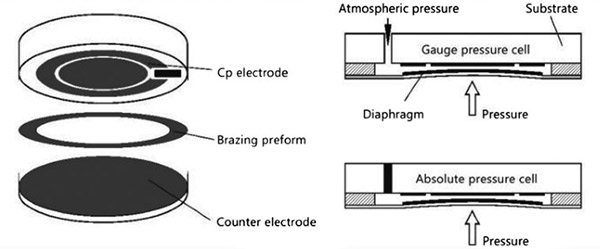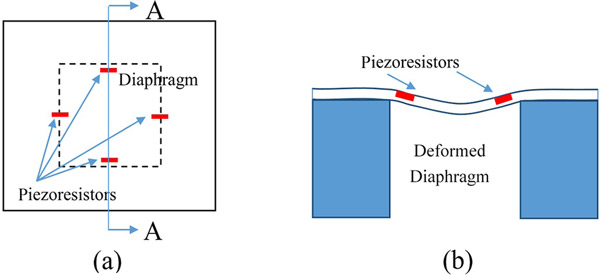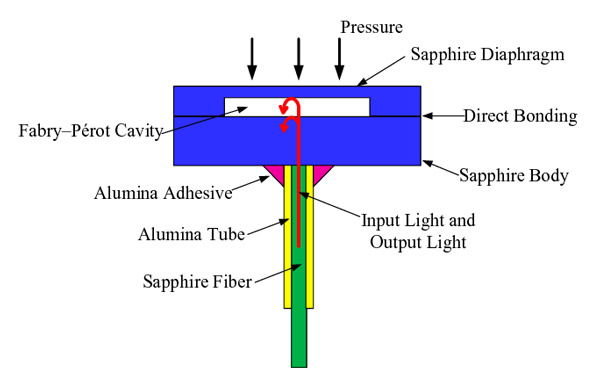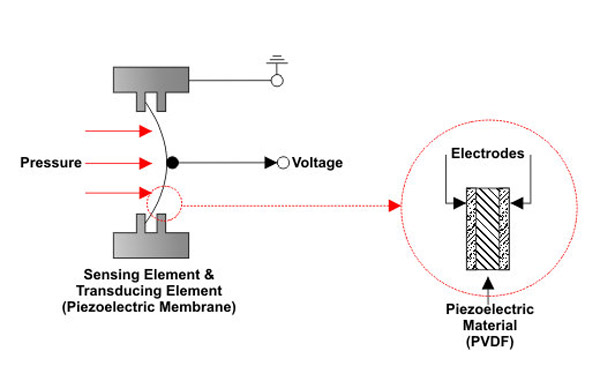Pressure Transducer is a component or instrument that can sense pressure signal and convert to into usable electrical signal output by certain rules.
Pressure transducer is usually consisting of pressure sensors and signal processing units. According to different test pressure types, pressure sensors can be divided into Gauge Pressure Sensors, Differential Pressure Sensors and Absolute Pressure Sensors.
Pressure Transducer is the most common sensor in industrial application, widely used in various industrial control environment, involved in Water Resources and Hydropower, Railway Transportation, Intelligent Buildings, Production Process Control, Aerospace, Military Industry, Petrochemical, Oil and Gas , Power Transmission, Vessel, Machine Tools, Pipe, Water and Waste Water, Chemical Industry, Medical Device, Pharmaceuticals and Biotechnology and many other industries, the following is a brief introduction for some commonly used sensor principle and its application. There are also medical pressure sensors.
1. Piezoresistive pressure sensor
Piezoresistive materials are materials that convert resistance current when they are compressed or strained. Metal is piezoresistive to some degree, but most pressure sensors use the semiconductor silicon. Once the silicon is forced, it becomes more resistant to a current pushing through. This resistance is usually very linear--twice as much pressure results in twice as large a change in resistance.
XVYAN offer
XY-PS16C Piezoresistive Ceramic for general industrial applications
2. Ceramic pressure sensor
Ceramic pressure sensor based on piezoresistive effect, directly force the front of ceramic membrane surface, make the diaphragm produces tiny deformation, thick film resistors printed on the back of the ceramic diaphragm, they are connected into a Wheatstone bridge, as a result of the varistor piezoresistive effect, make the bridge produces is proportional to the pressure of the highly linear, and the excitation voltage is proportional to the voltage signal and standard signal according to the different calibration of pressure range for 2.0/3.0/3.3 mV/V, etc., can be compatible and strain sensor.
XY-PS18C Ceramics Sensor for general industrial applications

3. Silicon pressure sensor
Diffusion silicon pressure sensor is based on the piezoresistive effect and using the piezoresistive effect principle, when the pressure of the measured medium directly effect on the stainless steel and ceramic sensor diaphragm, it makes the diaphragm produces micro displacing proportional to the medium pressure, thus the sensor resistance change, the electronic circuit detect the change, then the transformation output of a standard measurement signal corresponding to the pressure.
4. Sapphire pressure sensor
Basing on the principle of strain resistance, silicon-sapphire is used as semiconductor sensitive element. Therefore, semiconductor sensitive elements made of silicon-sapphire are not sensitive to temperature changes. Even at high temperature, they also have good working characteristics. Sapphire has strong resistance radiation; In addition, silicon-sapphire semiconductor sensor has no P-N drift.
5. Piezoelectric pressure sensor
piezoelectric sensor uses the piezoelectric effect, to measure changes in pressure, acceleration, temperature, strain, or force by converting them to an electrical charge, piezoelectric sensor cannot be used for static measurement, because the charge after external force action is preserved, only when the loop has infinite input impedance. This is not the case, so the piezoelectric sensor can only measure dynamic stress.
Application field
Pressure Transducers are mainly used in booster cylinder, supercharger, gas-liquid booster cylinder, gas-liquid supercharger, pressure machine, compressor, air conditioning and refrigeration equipment and other fields.










 +86 21 59241315
+86 21 59241315  sales@xvyanprecision.com
sales@xvyanprecision.com
 No 969, YunHan Road Pudong District Shanghai City China
No 969, YunHan Road Pudong District Shanghai City China